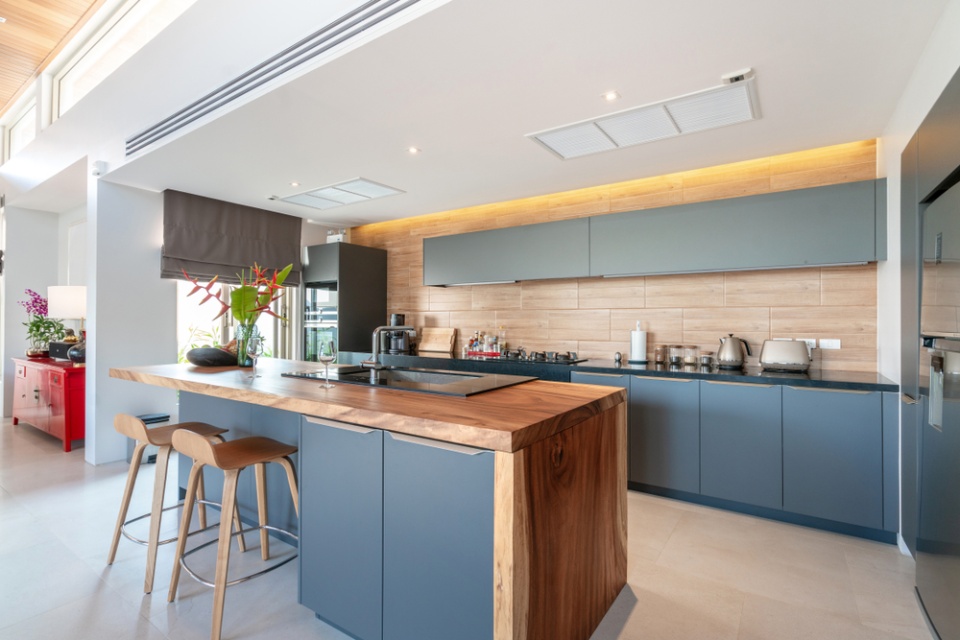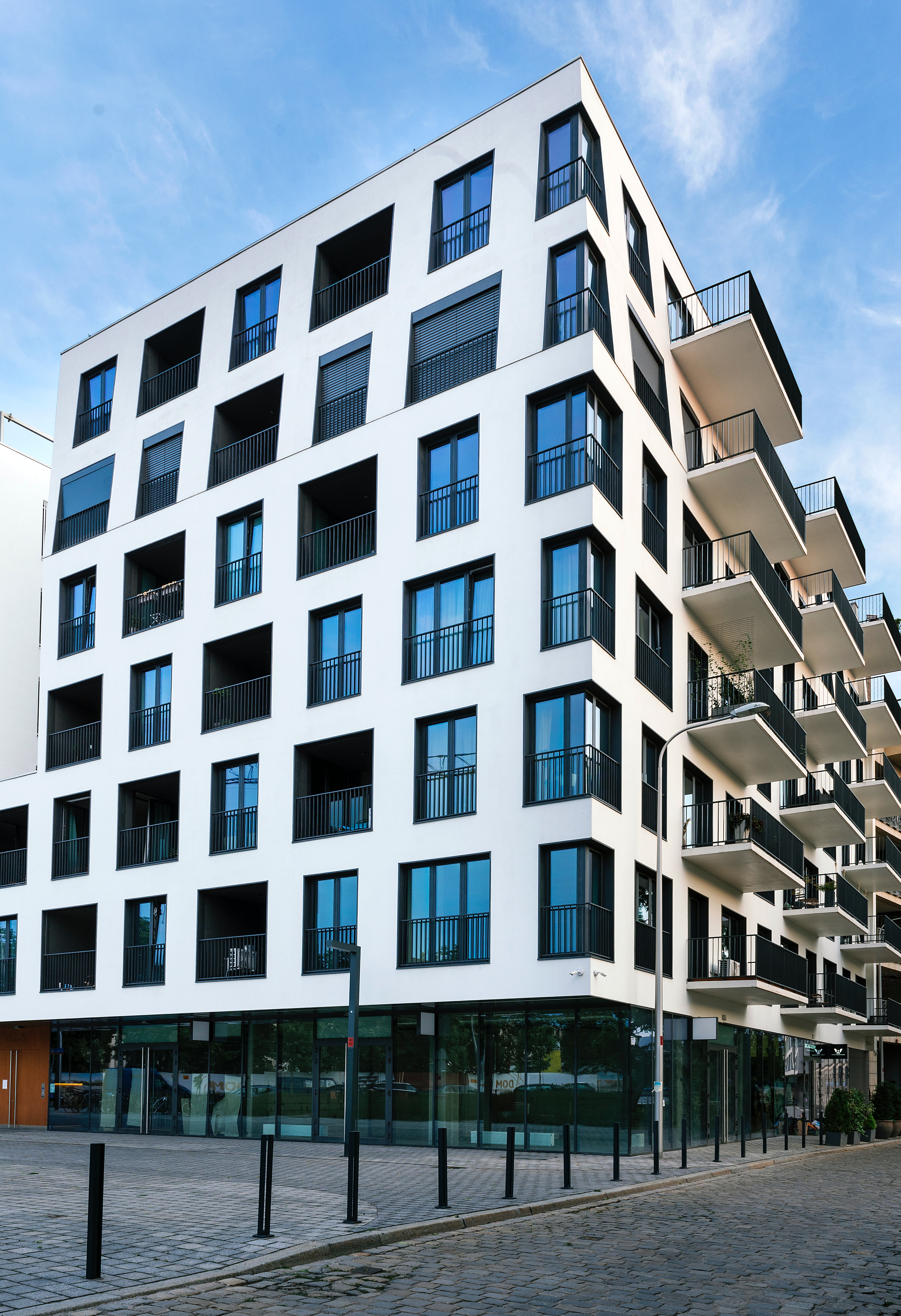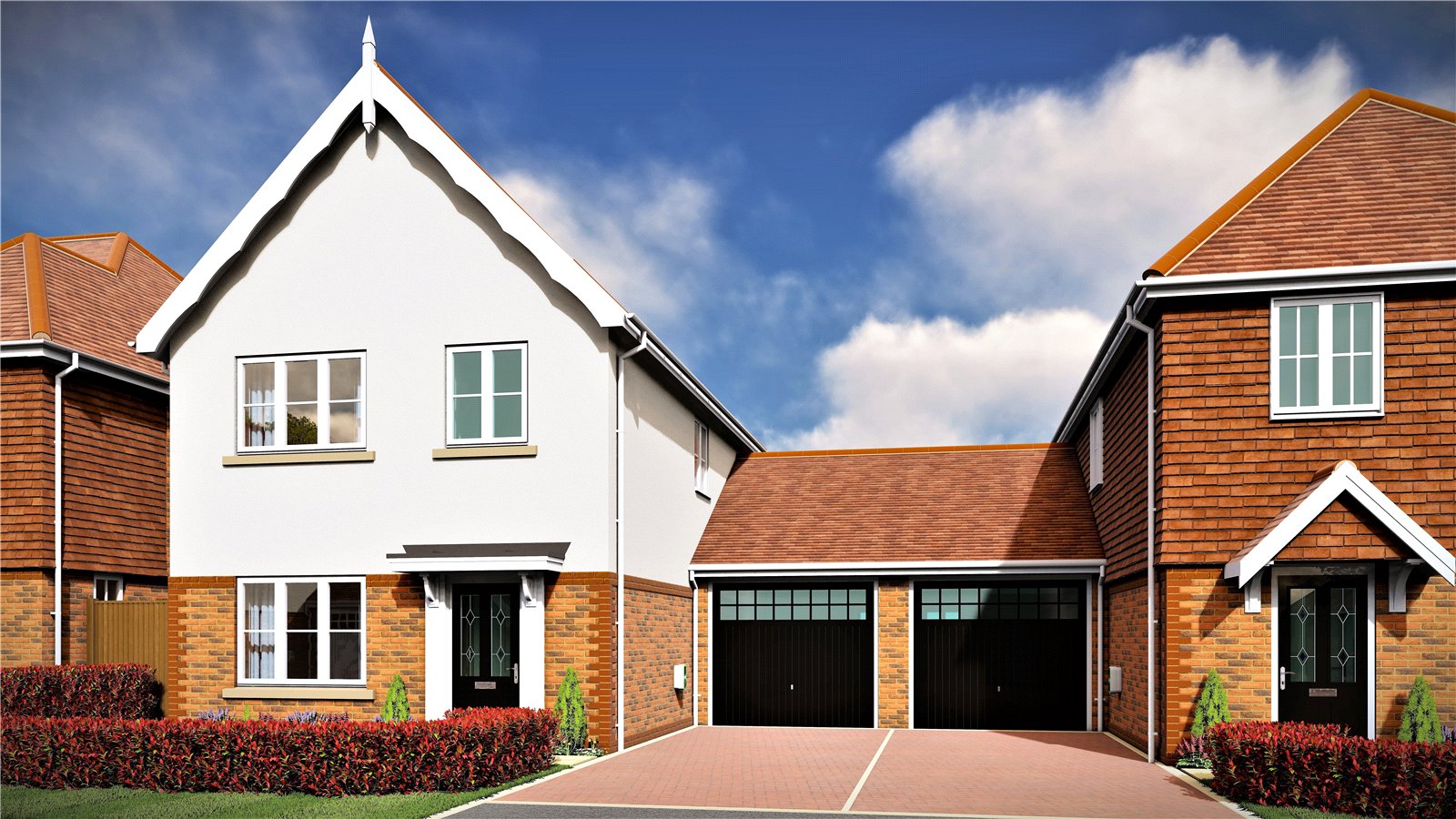
Surveyors You Can Trust

RICS Level 2 Home Survey (Homebuyer Survey)
A RICS Level 2 (Homebuyer) Survey is designed for more modern properties in a reasonable condition. It provides a clear and concise overview of a property’s condition, highlighting any visible defects and areas that may require further investigation.
Presented in an easy-to-understand format, it uses a traffic-light system to rate the condition of different parts of the property, helping buyers make informed decisions before committing to a purchase.
Although it is a visual non-invasive inspection, the surveyor will look for evidence of subsidence, structural movement, damp and insect attack. Additionally, it will include a visual inspection of services (Gas/Electric/Oil), drainage, water fittings, joinery, windows, walls, ceilings, rainwater fittings, chimneys and roofs. If there are any, then permanent outbuildings and garages will also be inspected, along with notification of any safety concerns.
The report will also provide information, where possible, to pass on to your conveyancer to investigate and confirm as part of the legal process. This may include any alterations, boundary or access issues and flood risks.
This product does not include testing of any services, an assessment of market value or insurance reinstatement cost of the property.
RICS Level 3 Home Survey (Building Survey)
A RICS Level 3 Survey (Building Survey) is the most detailed type of home survey available. It’s designed for older properties, larger homes, or buildings that may need obvious repairs or refurbishment. This survey gives a thorough inspection of the property’s structure and condition, explaining any defects, potential issues, and the repairs that may be needed. It’s designed to give a buyer peace of mind before making a purchase.
Similar to the Level 2 Survey, a Level 3 Survey involves a detailed visual inspection of the property. However, it goes further by offering tailored advice on how to address any defects identified and highlighting areas that may require more frequent or higher-than-usual maintenance.
It looks at major issues such as subsidence, settlement, damp, woodworm along with a thorough inspection of the internal and external condition of walls and roofs. Internal parts including windows, doors, woodwork and floors are also covered.
Although no formal testing is carried out of the services, the surveyor will look for any visual defects wherever possible, checking fittings for general day-to-day use.
Conveyancing, environmental and safety issues are also recorded to help you make an informed decision on a property.
This product does not include an assessment of market value or insurance reinstatement cost of the property.


Buy To Let Survey
Designed to give landlords and investors an understanding of a property they are intending to purchase or for an existing rental property.
A thorough inspection is carried out, based on the RPSA reporting standards, to assess the property and look for any items that may cause problems for tenants, this helps to ensure landlords are able to fulfil their obligation in providing a safe and habitable home.
The report includes a Level 2 type survey with multiple photographs as well as a review of 29 hazard profiles identified by the Housing Health & Safety Rating System used by local authorities to assess the safety of properties in the private rented sector.
Landlords must comply with over 140 pieces of legislation and more than 400 regulations so it is important they ensure their homes are safe and fit for habitation throughout a tenancy.
Landlords may be able to off-set the cost of a Buy To Ley survey as a business expense, reducing the financial impact of the survey.
New Build Report
A snagging survey which provides a comprehensive inspection of a new build property to ensure that you are buying something that is safe and well-constructed. Defects are noted and listed in a report which can be used to make sure the builder rectifies any problems before you proceed with the purchase.
We follow the RPSA New-build Inspection & Reporting Standards which are the foremost recognised standards for the reporting of snagging and defects on new-build properties and are based on the New Homes Quality Board Code of Practice and their Pre Completion Inspection Checklist
The report includes lots of photographs to help you understand any issues found. This not only covers any defects or leaks, but will also provide an assessment of any health & safety related issues.


Specific Defect Report
This product is suitable for all homeowners, landlords or Property Managers who are already aware of a defect but would like further advice on the cause. The inspection is non-invasive but will advise on the most likely reason for a defect and provide information on any repairs that may be required.
When necessary, the report may recommend further investigation by a specialist to carry out a more invasive inspection or to provide expert advice.
Home Insight Survey
A Home Insight Survey is a new type of survey product that is intended to be commissioned by a property seller prior to marketing their property. It has been created to provide important information for sellers, buyers, estate agents and conveyancers. The inspection is equivalent to a RICS Level 3 Home Survey (or RPSA Building Survey) and is based on a standard visual and non-invasive inspection. As well as providing a report on the condition of a property, it includes matters for legal advisors to review, health and safety risks, property risks (such as structural risks), environmental issues and climate change risks.


Schedule of Condition
A Schedule of Condition is a survey to record the condition of an existing asset for future reference in case a dispute arises. Following the survey, a report is issued with a series of colour photographs and a written summary of any items noted. Used for both commercial and residential properties, a Schedule of Condition serves as a valuable advantage, providing a detailed and documented assessment of the property’s condition at the commencement of the lease term.
The document outlines the state of the premises, including any existing damages, wear and tear, or defects. By mutually agreeing upon and incorporating a comprehensive Schedule of Condition into a lease agreement, both the landlord and the tenant establish a clear baseline for the property’s condition. This not only helps prevent disputes over the responsibility for pre-existing issues but also serves as a crucial reference point during the lease term and at its conclusion. In the event of disputes or claims related to property damage, the Schedule of Condition acts as a reliable reference, offering a transparent record that facilitates fair resolution and minimises misunderstandings between the parties involved.





Contact us to receive quality advice and guidance on the most appropriate survey to suit your needs
Location
Lima Surveys Ltd
Sydney Road,
Leigh-on-Sea,
Essex
SS9 3PL
More links
© 2023-2025 Lima Surveys Ltd
